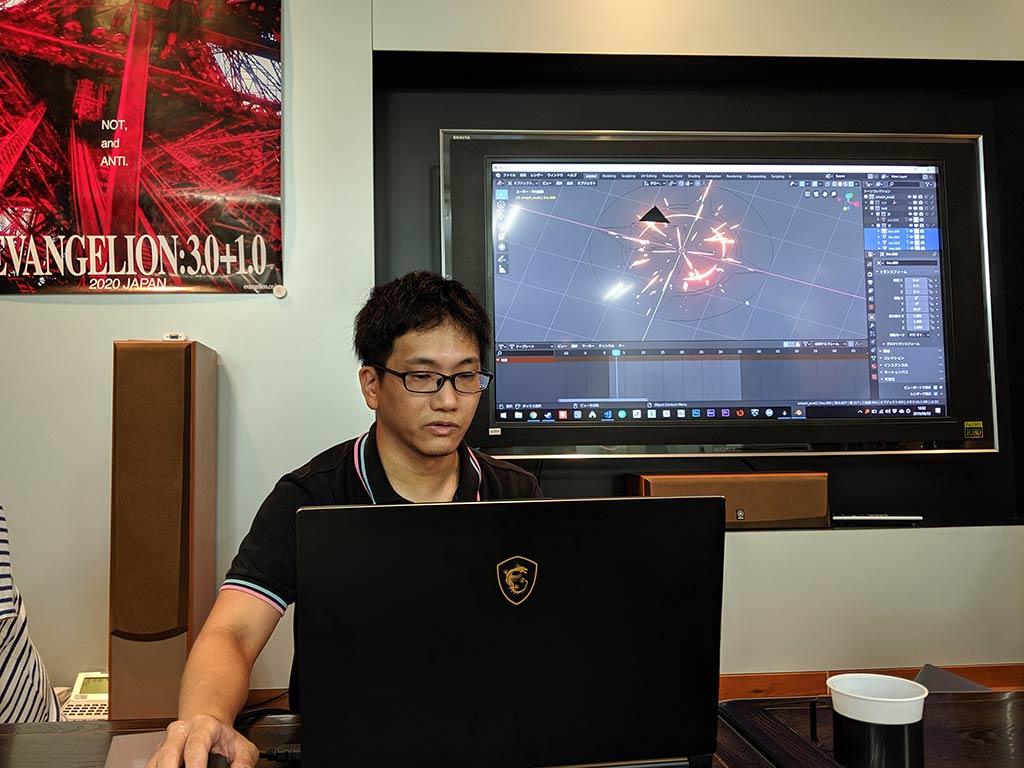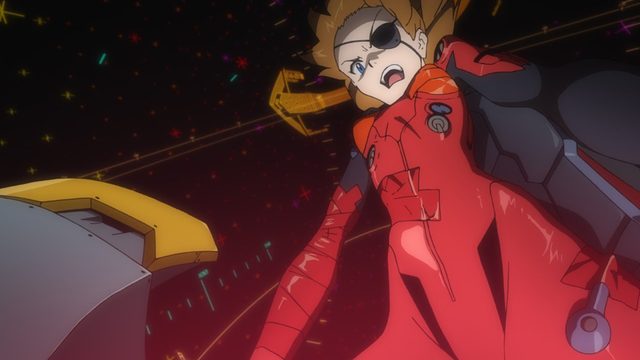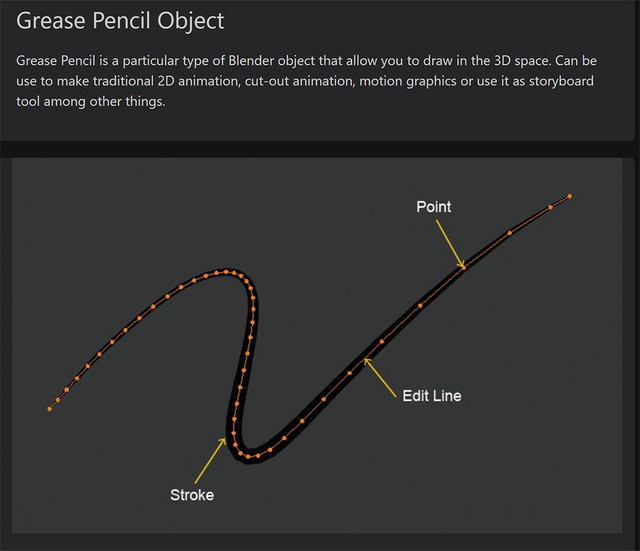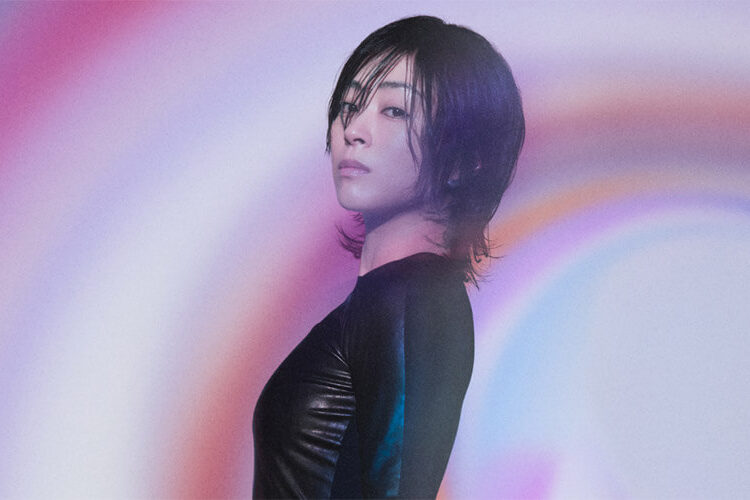Every day, 3D effects and animation become a bigger and bigger part of traditional anime. Even beyond the not so uncommon fully 3D television anime series like Land of the Lustrous or Kemurikusa, regular 2D anime series and films every season use a large amount of 3D CG to accomplish technically challenging scenes and keep production costs from skyrocketing. There are a variety of different 3D software tools available to use for animation. As of today, though, Hideaki Anno’s Studio Khara has decided to switch to one that costs absolutely nothing to use; 3D software Blender.
In a blog post that went up on Khara’s official Japanese website on July 30th, before eventually being translated into English on the official Blender website on August 15th, the high-profile anime studio announced that they would become official supporters and ambassadors for the use of the open-source 3D animation program Blender. They’re doing this, in part, by being establishing members of the Blender Development Fund alongside affiliate studio Studio Q. Both groups have signed on to become corporate members of the fund, which helps directly support the continued development of the Blender software, and help spread the use of Blender in Japan.

Before this, Studio Q and Khara had been using 3ds Max for all of their 3DCG animation needs. When asked about the switch in software by Engadget Japan, President of Studio Q and Digital Director of Khara, Hiroyasu Kobayashi, said that “Simply, the project scale got bigger than what was possible with 3ds Max.” CGI Director Daisuke Onitsuka added that “if we stick to 3ds Max it will cause higher management costs.”
Traditionally, the annual cost of a single user license for the 3ds Max software that Khara previously used would cost 254,880 yen, or around US$2,400. For a single license, that cost doesn’t seem too hefty for a major company. However, each individual employee needs their own unique license for the software, meaning that it would cost a studio of nearly 30 employees like Khara 6.3 million yen (about US$60,000) per year in 3ds Max license fees. A number like that would hardly be a dent in the pocket for a big business like Disney. For Khara, though, it’s a significant dent in their budget.

This isn’t the first time Blender has been used by a professional production company like Khara, though. Despite the tool being open-source software that anyone with a computer can download and animate with, it’s been used in a number of major film and video game releases. Captain America: The Winter Soldier relied on Blender for some special effects work, and Nintendo also used it for Smash Bros. for 3DS and Wii U. NASA even uses Blender for a lot of their 3D modeling work. Right now, though, the industry standards for 3DCG in Japan are 3ds Max and Maya. Khara and Studio Q hope to change that with their participation in the Blender Development Fund, but considering anime studios usually have to work with many outside companies to get their anime made, it might be hard to get others to make the switch.
For Khara and Studio Q, one of the major incentives for them to make the jump to Blender has been the bevy of new features and tools included in the recent 2.8 update of the software. One of these tools is the new “Grease Pencil” object, which lets animators directly draw lines in a 3D space with a traditional 2D drawing tablet. This can be used to clean up 3D shots in real time, add dynamic motion lines to characters, rough out 3D storyboards, and more. You can even directly export these shots from Blender into After Effects for digital composition. Khara captured the quality of the tools perfectly by saying ”We finally got a 3D creation tool like paper and pencil.”

What does all of this mean for Evangelion, though? The hotly anticipated Evangelion: 3.0+1.0 movie sequel is coming soon, so will Khara be using Blender to finish it off? Onitsuka explained that, since Evangelion: 3.0+1.0 will be finished and released in June 2020, it’s a bit too soon to be able to add Blender to the workflow for the anime film. They’ll still “test Blender aggressively” during the production of Evangelion: 3.0+1.0 in order to get the experience they need to incorporate it into future production workflows.














